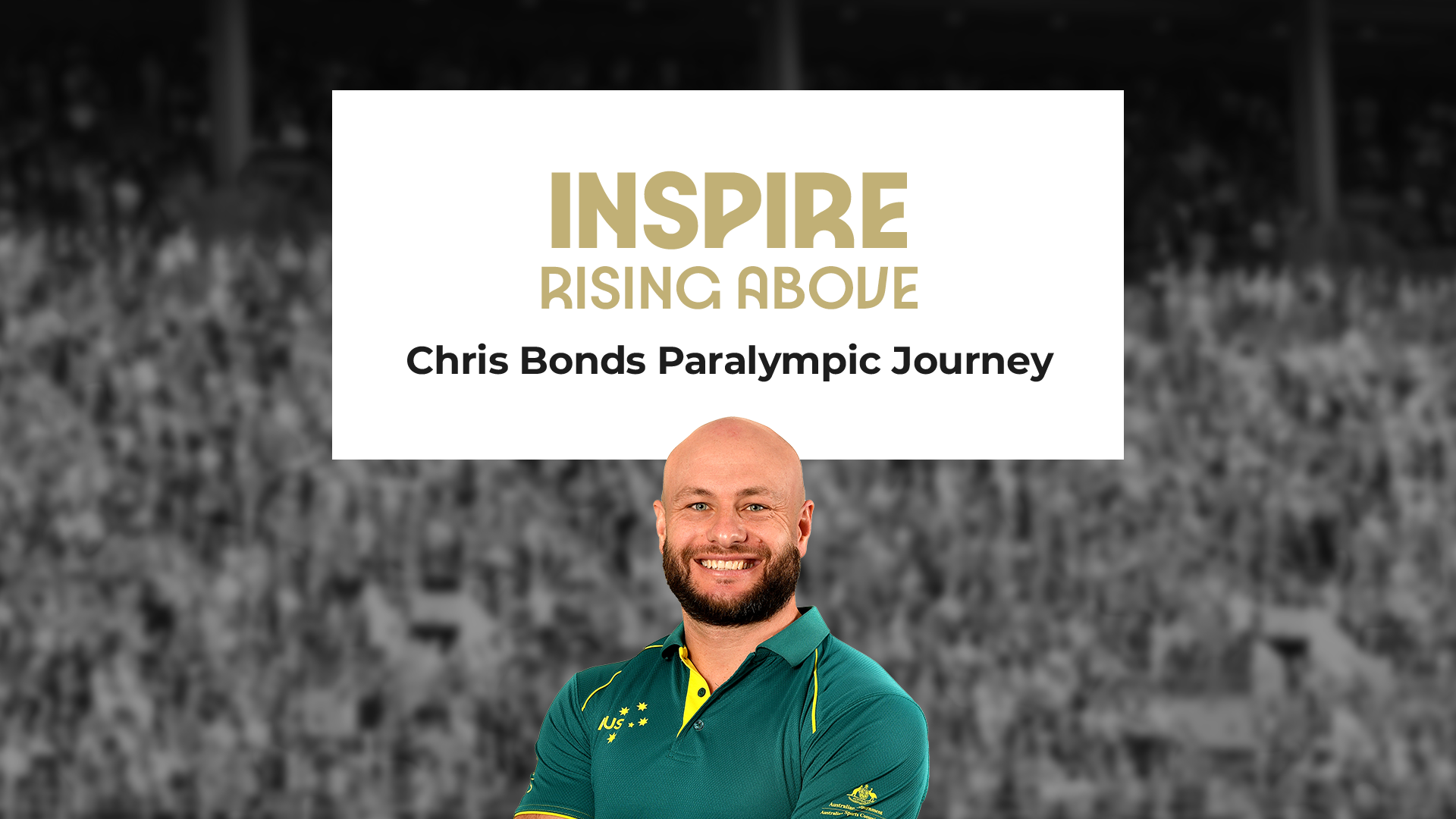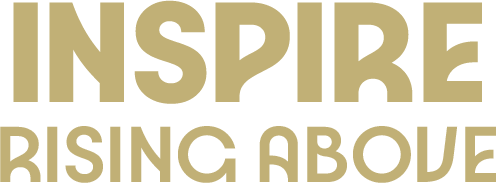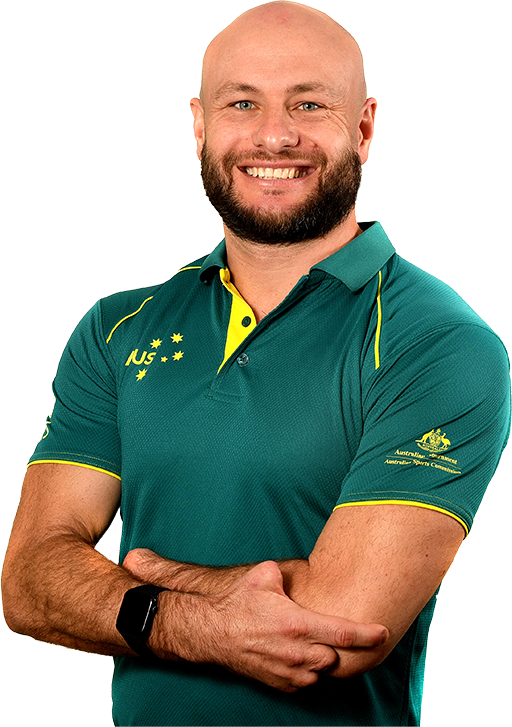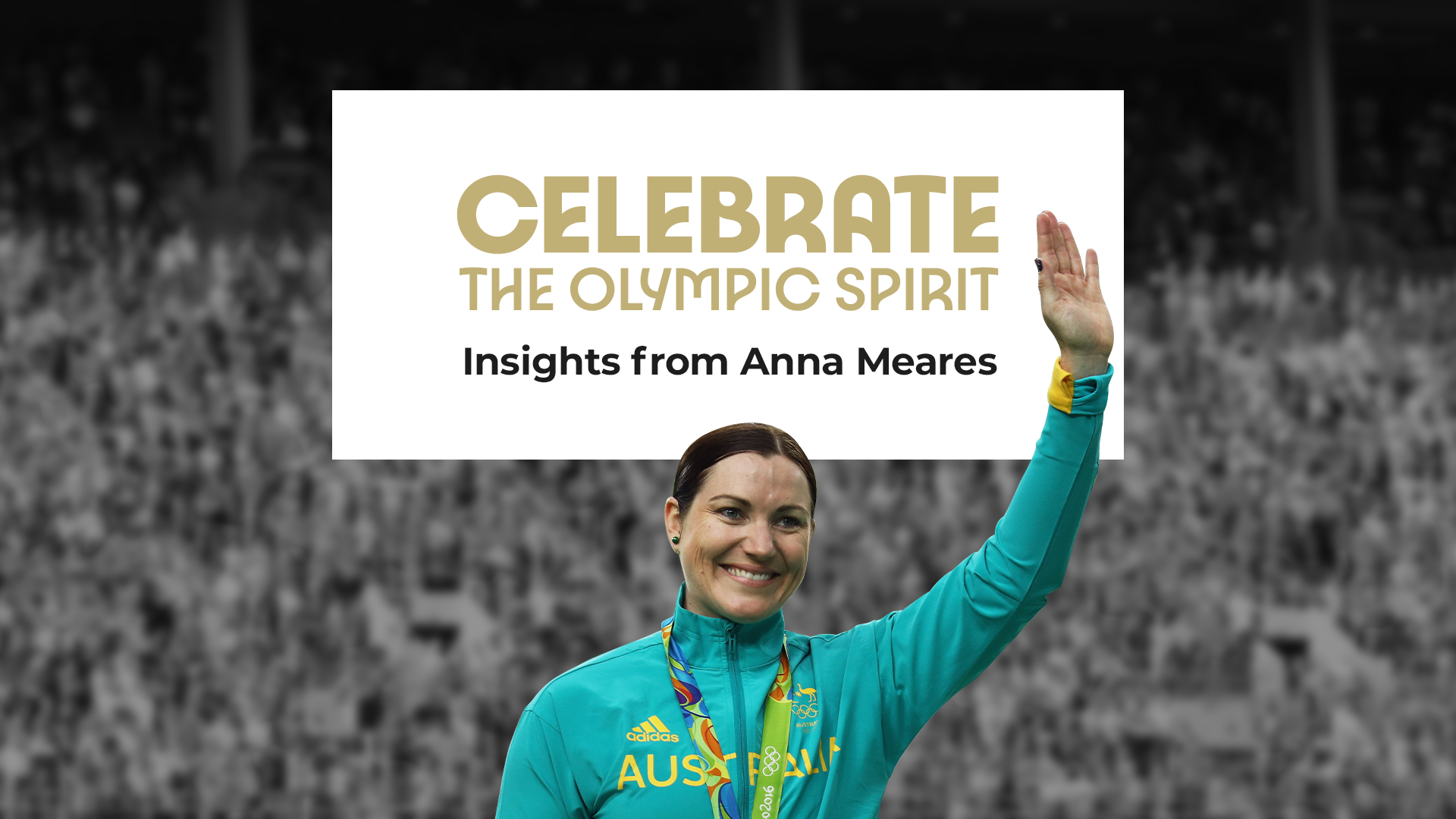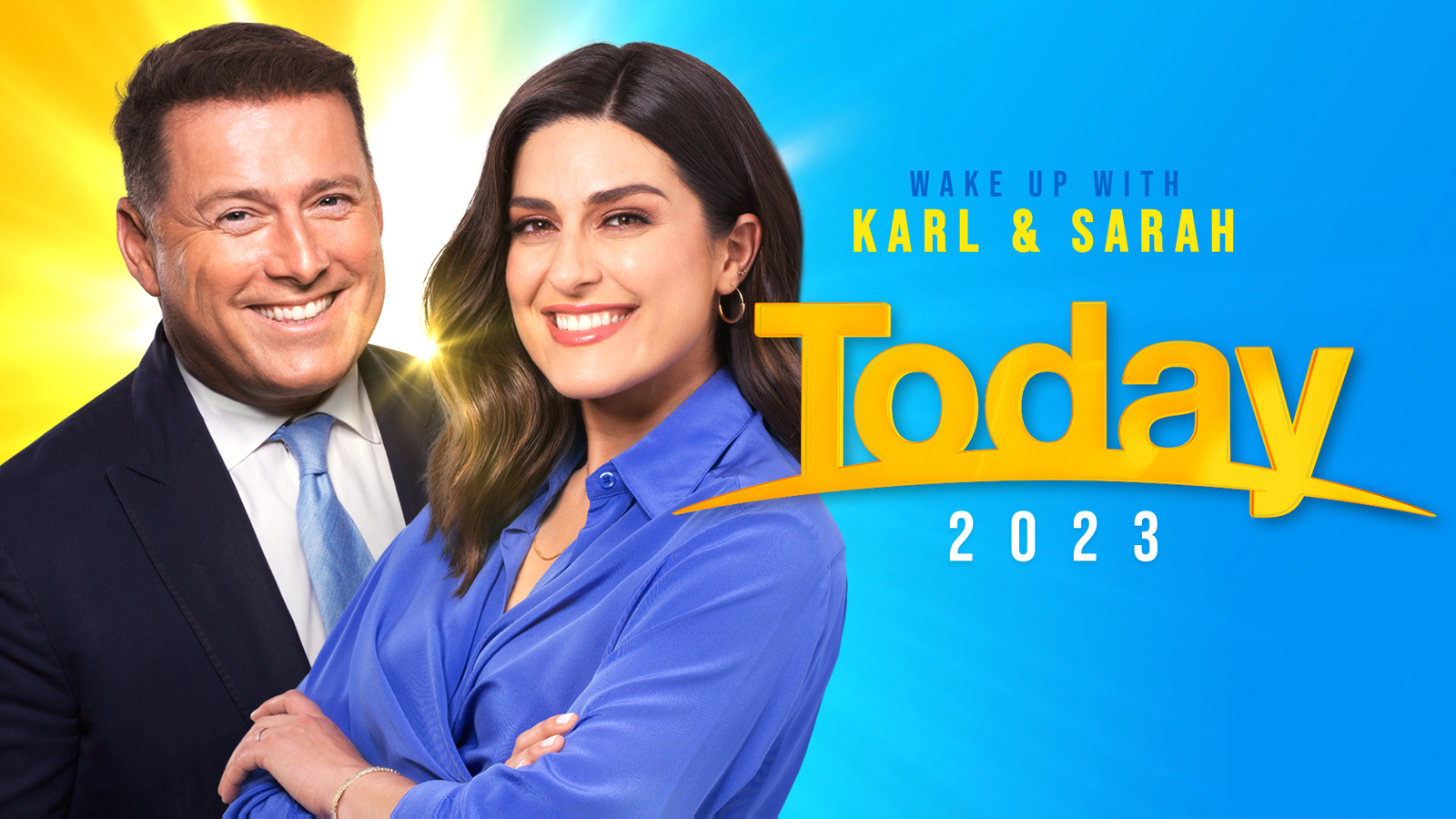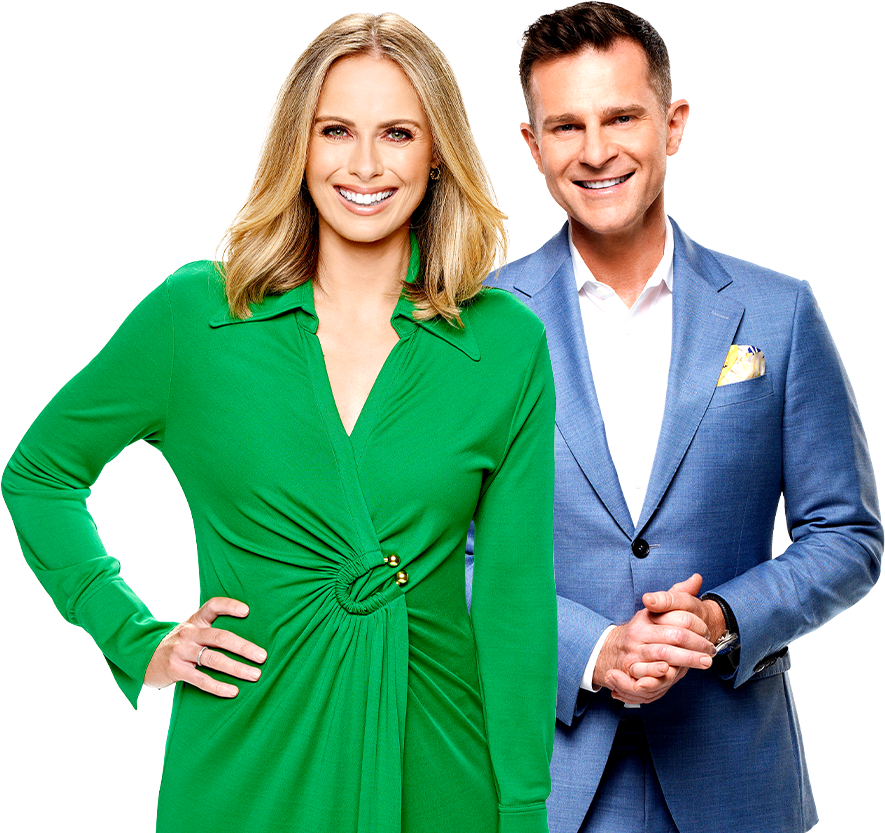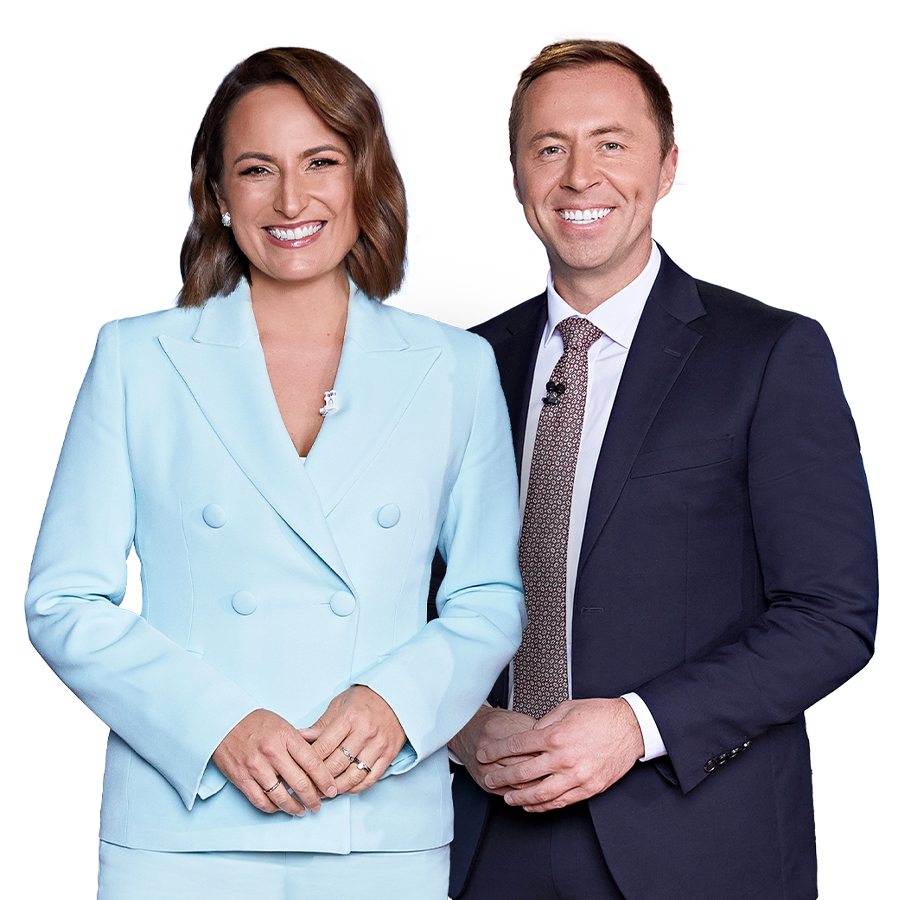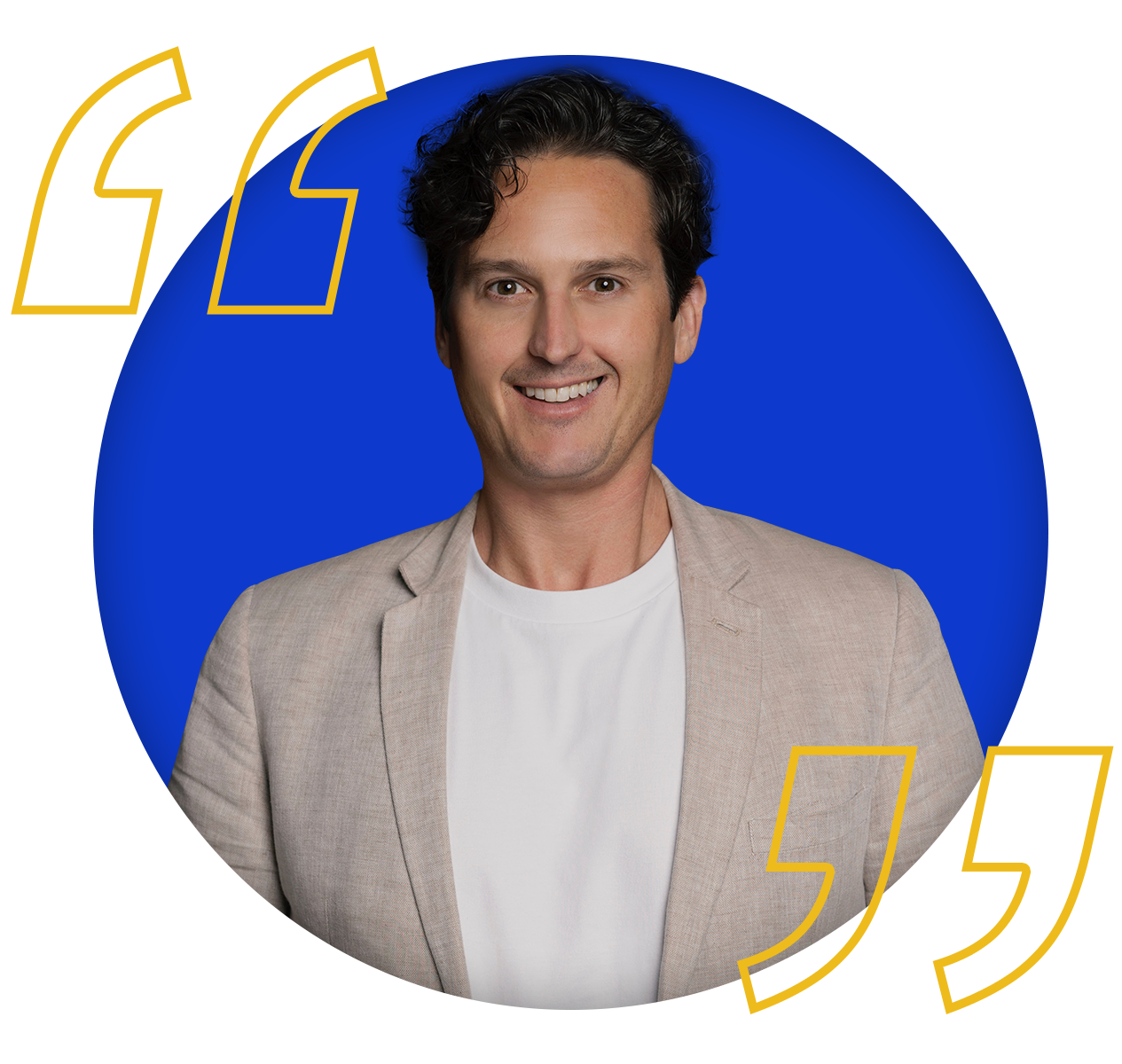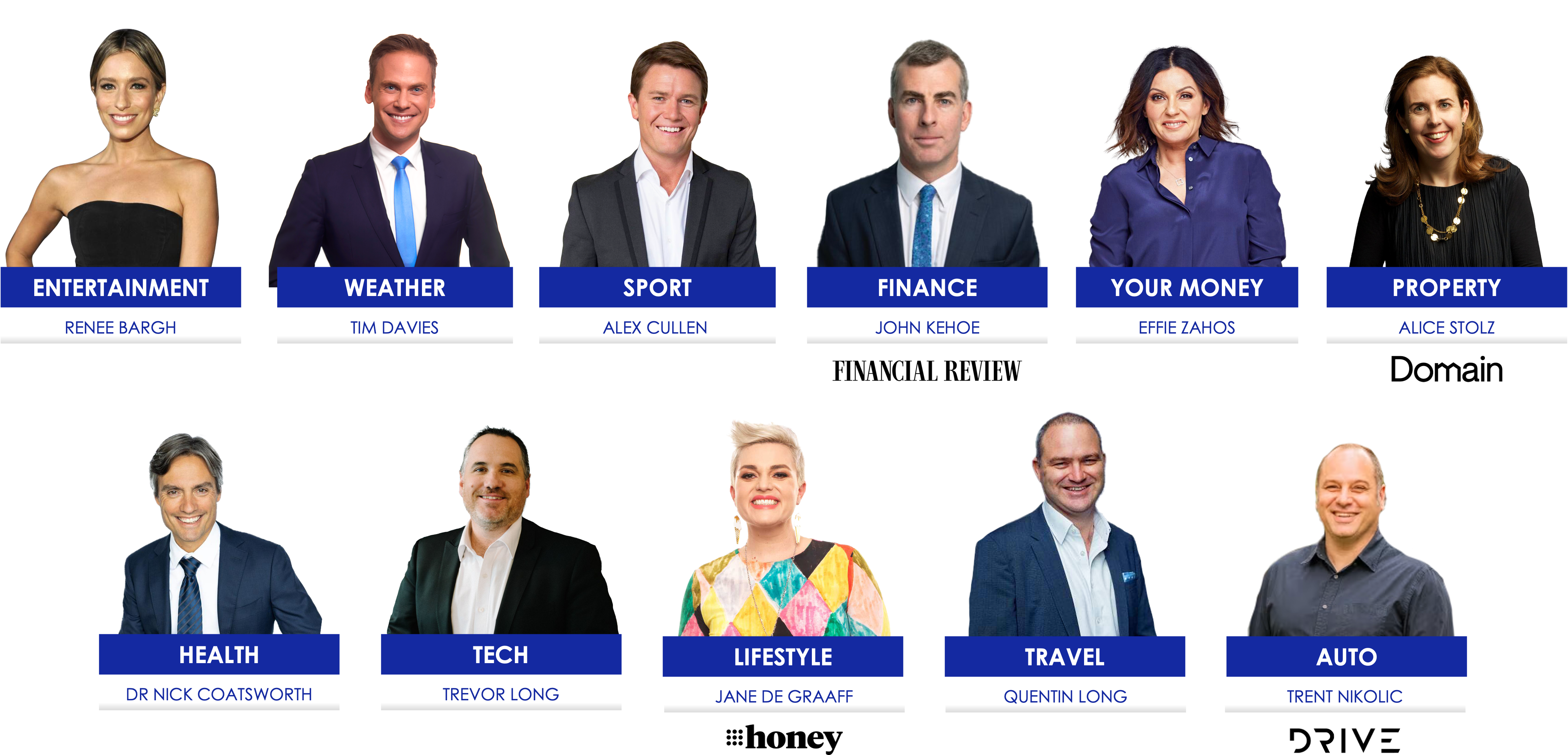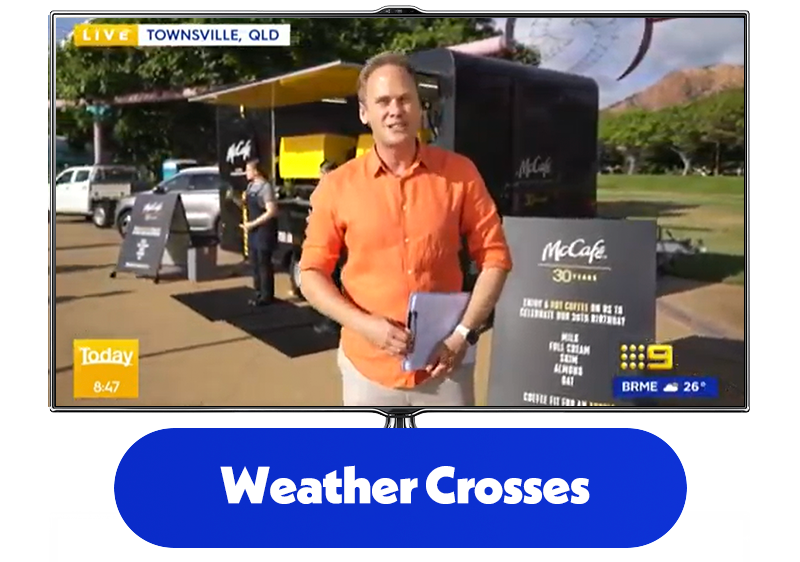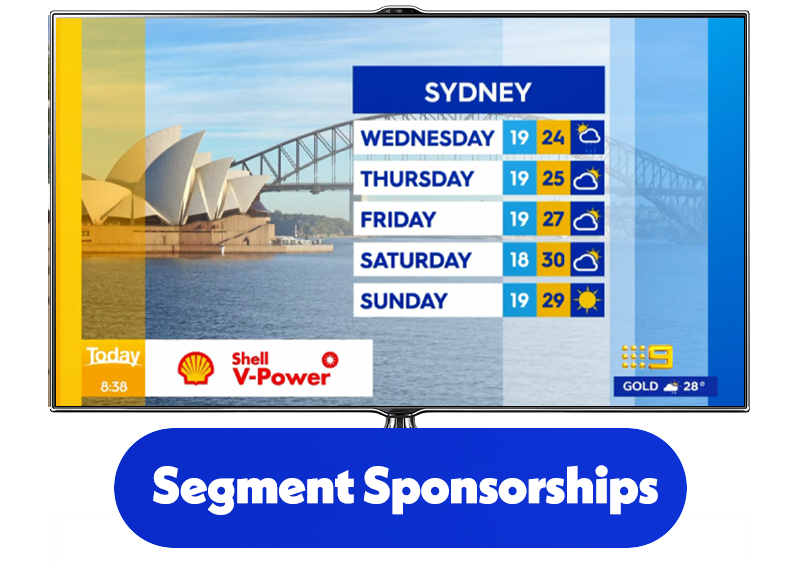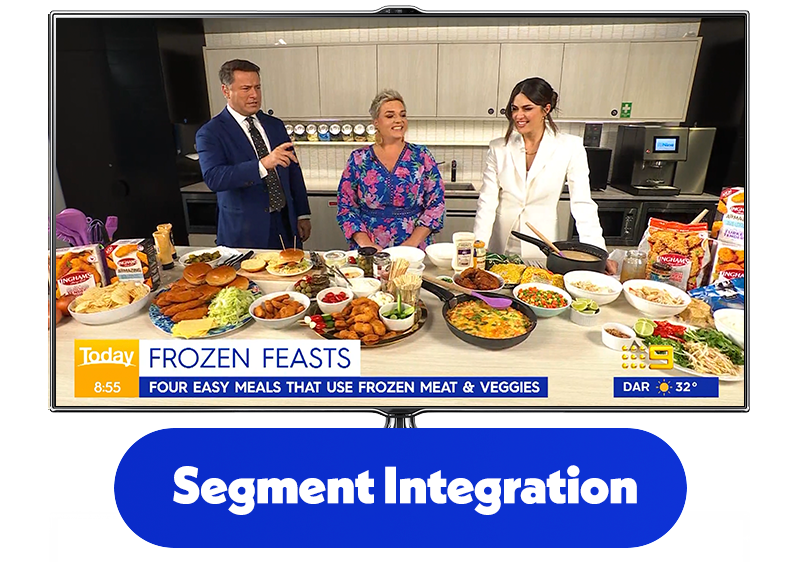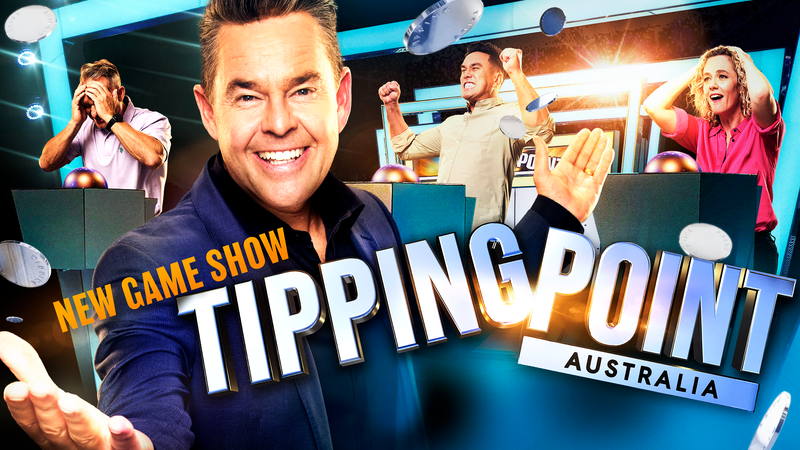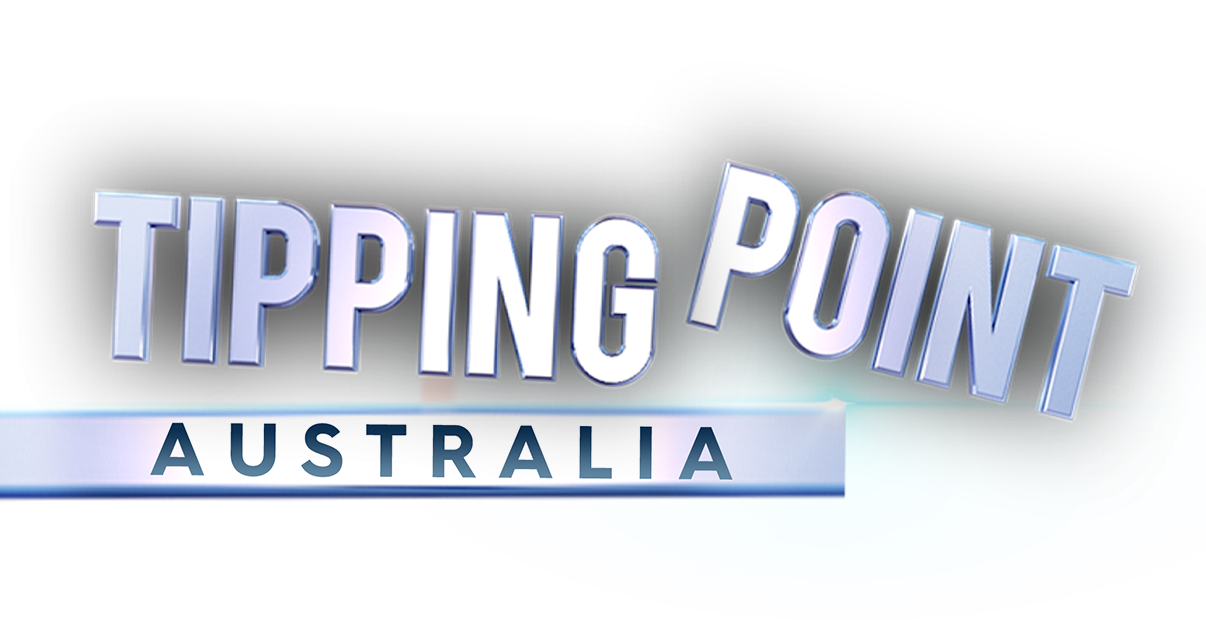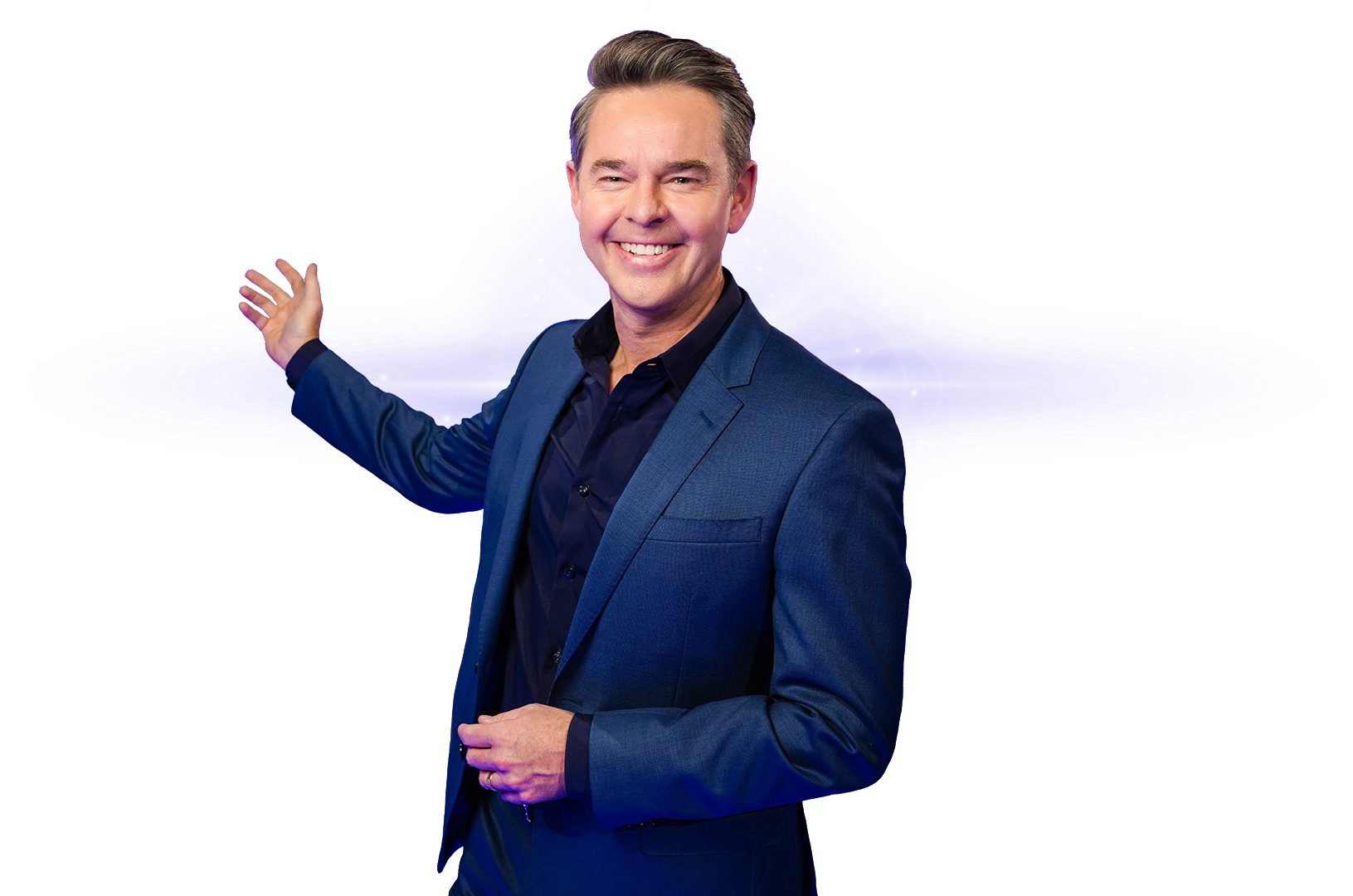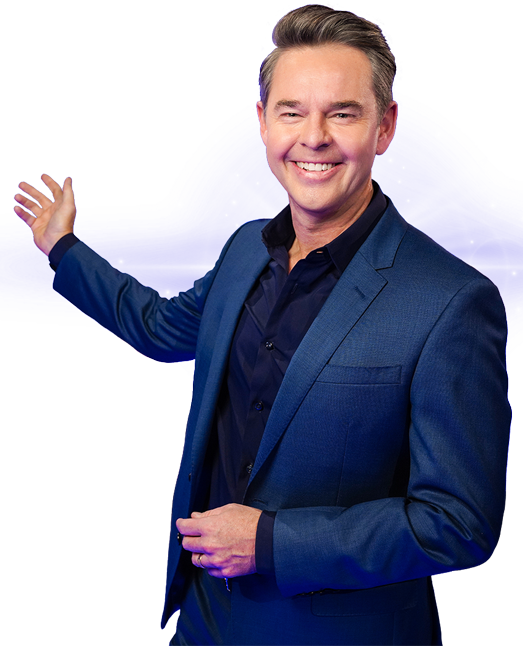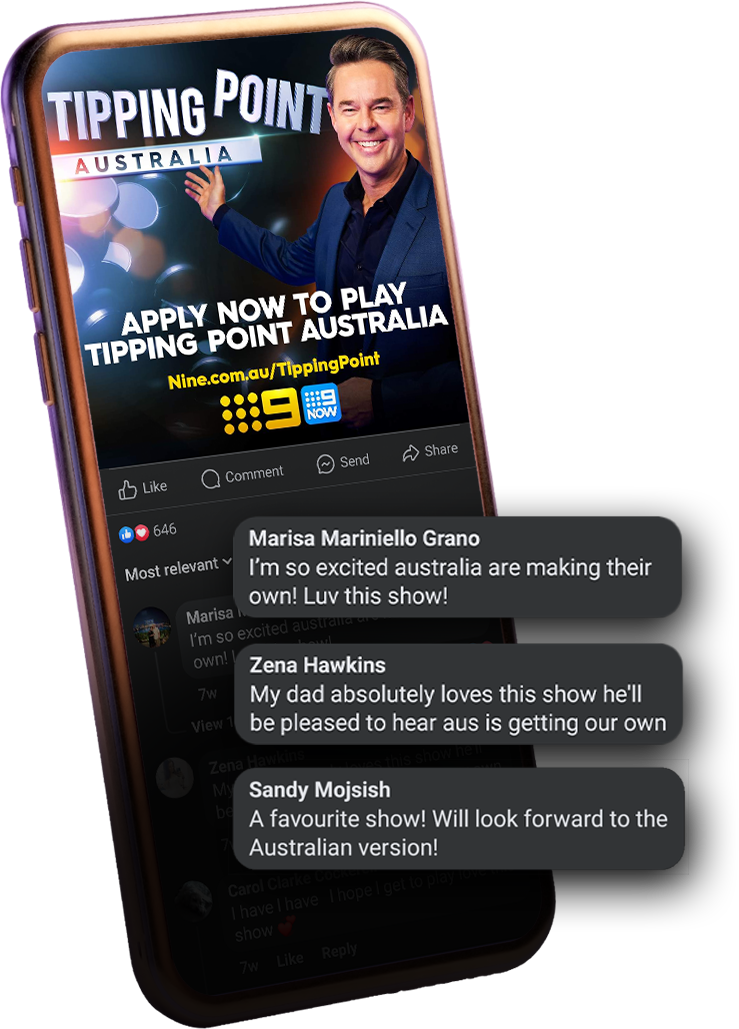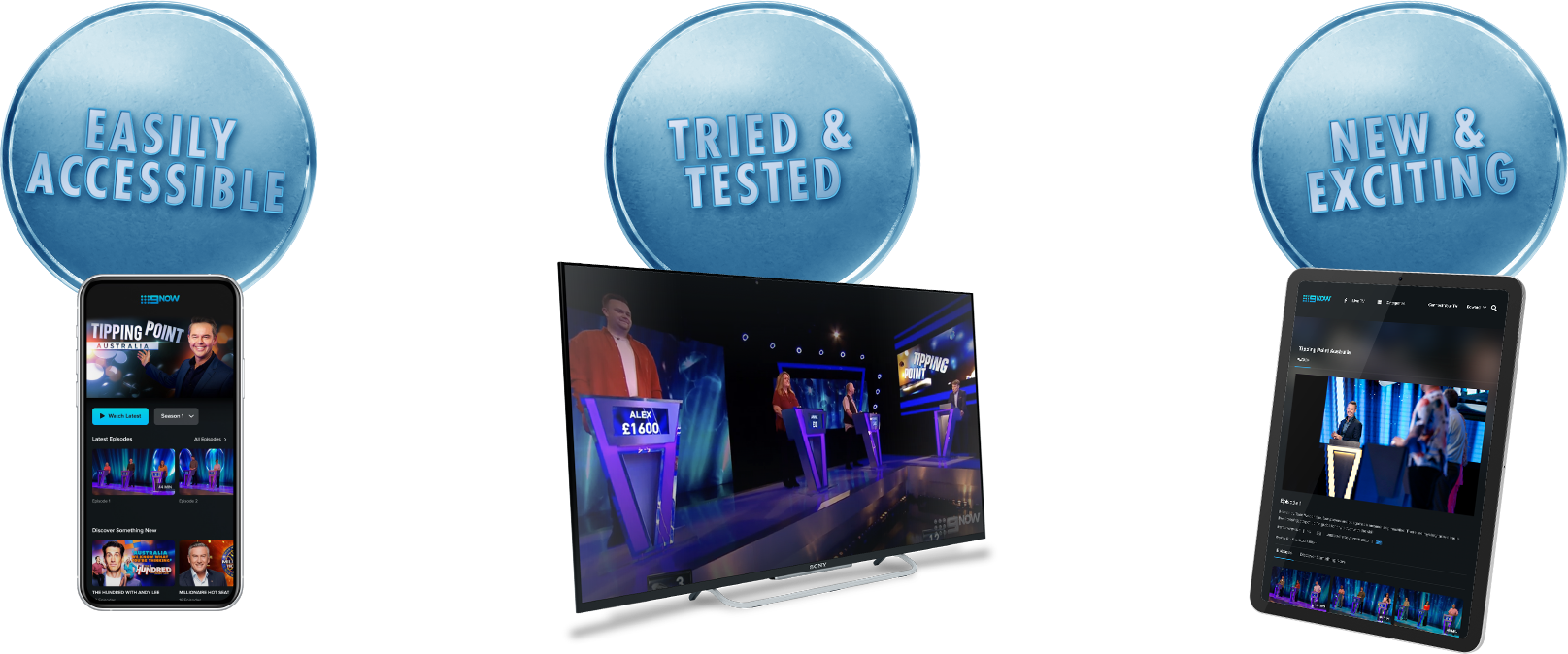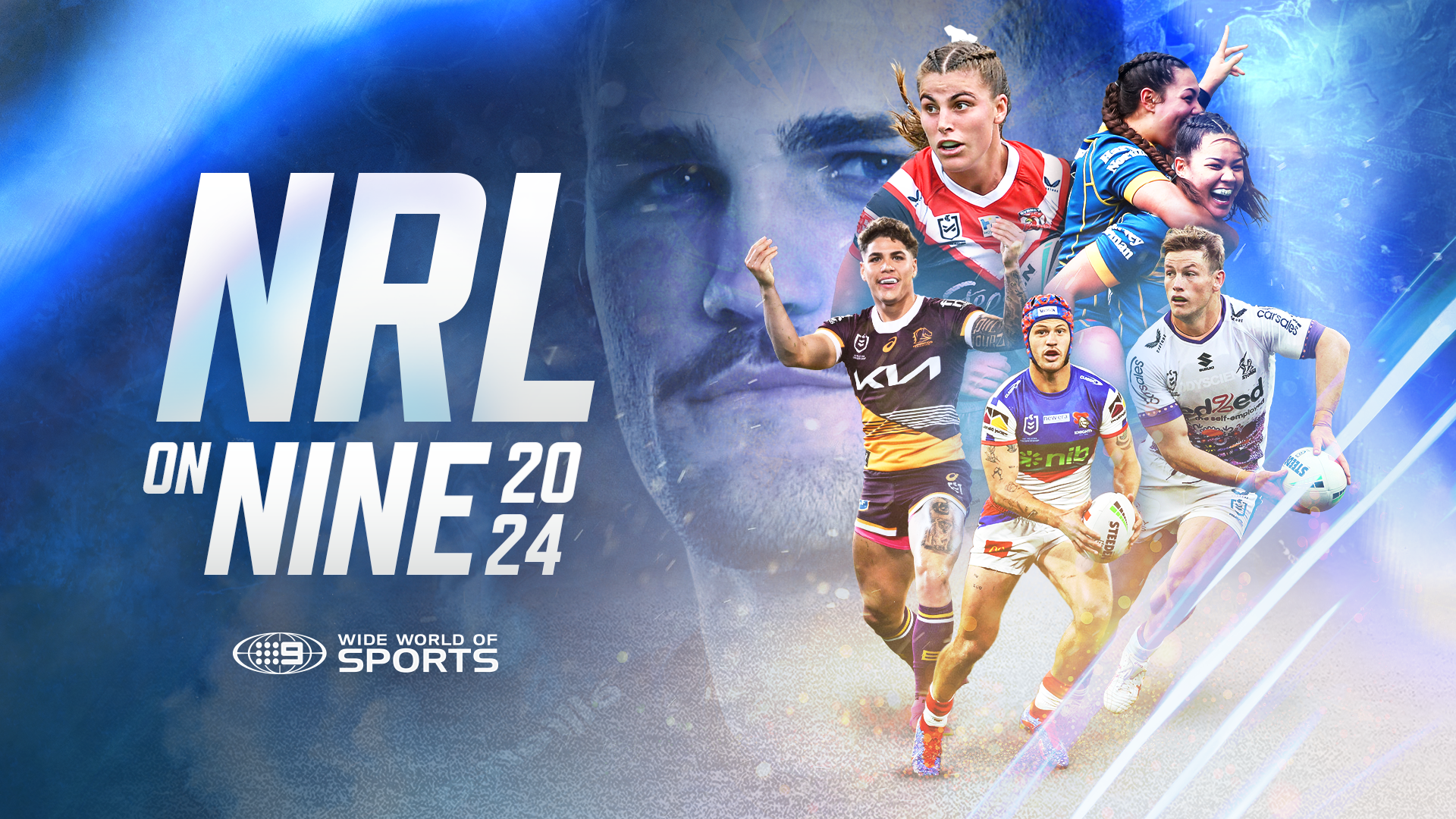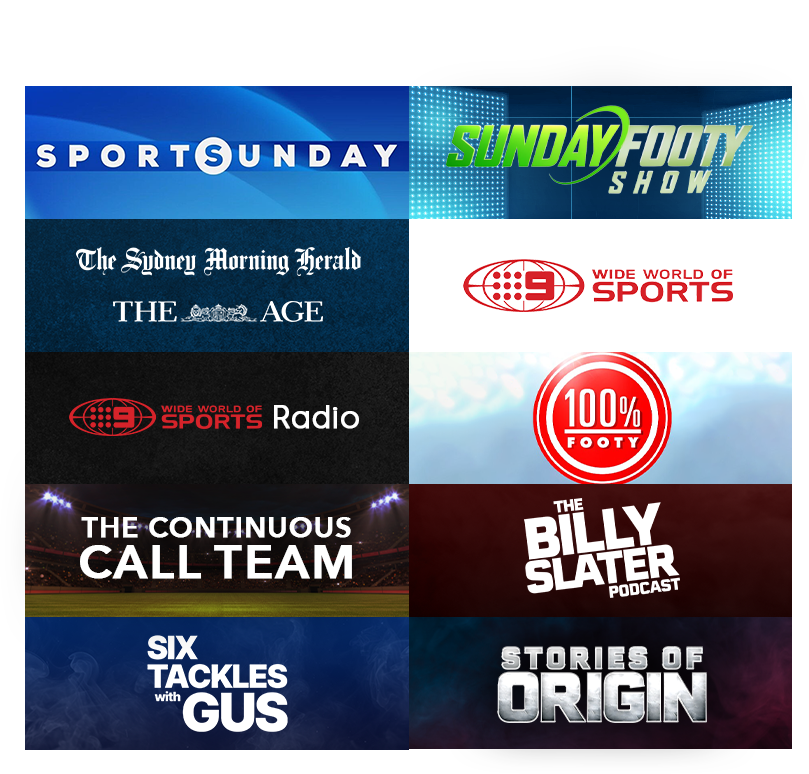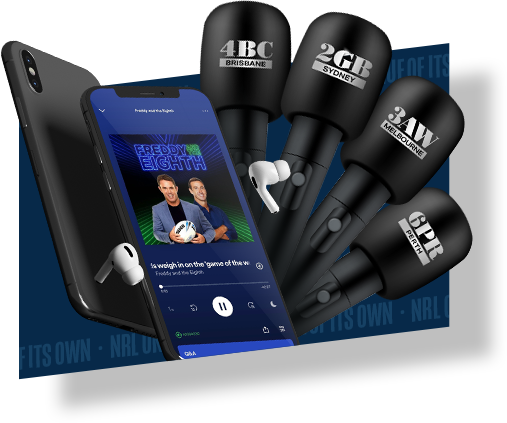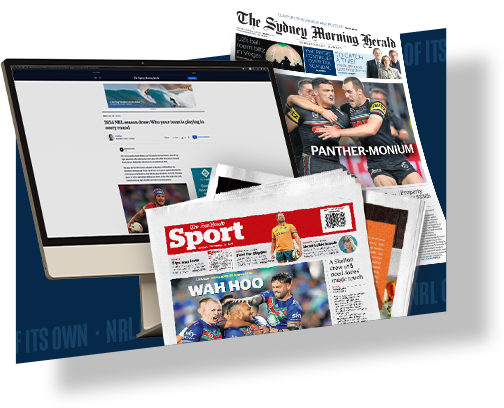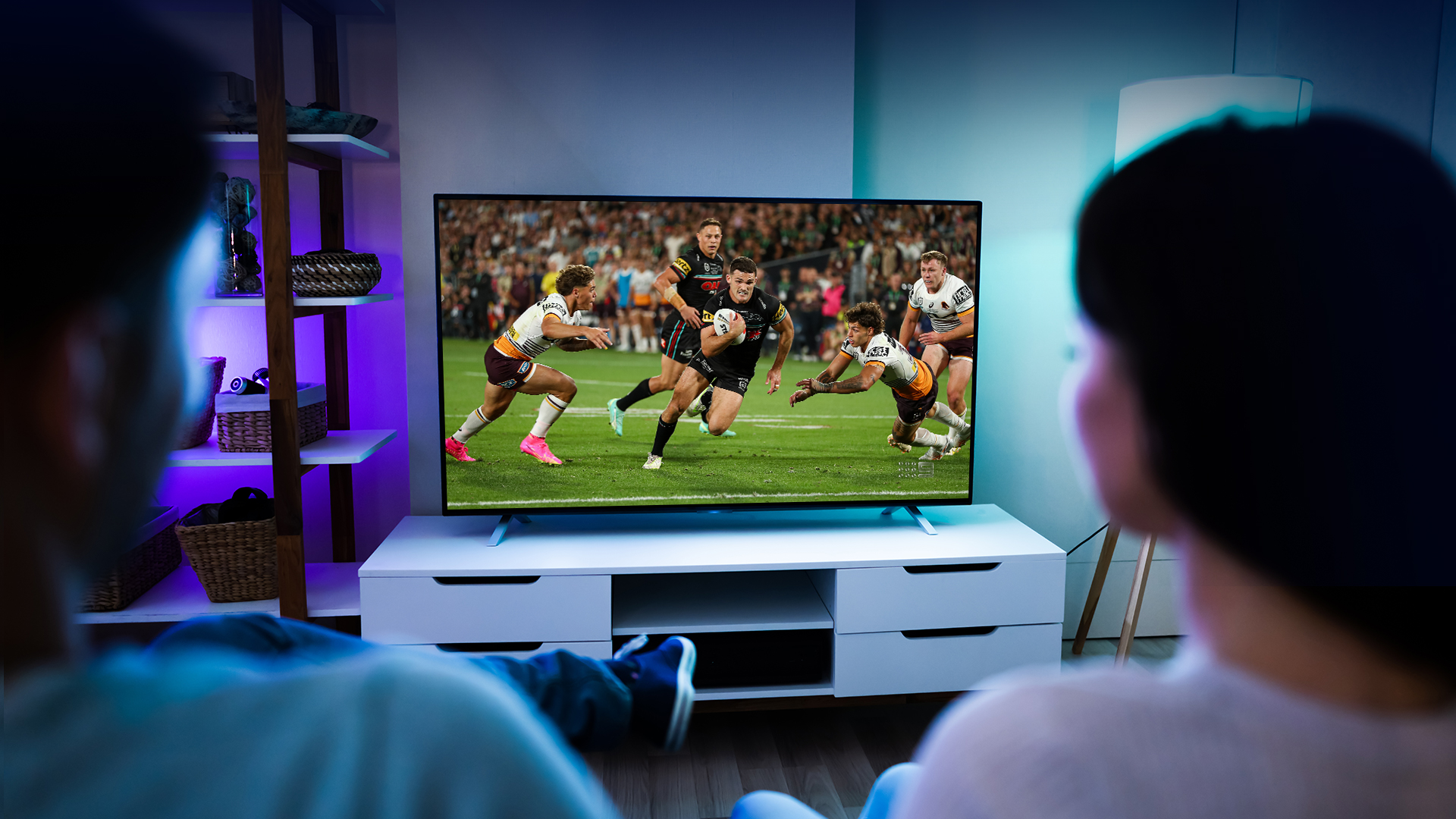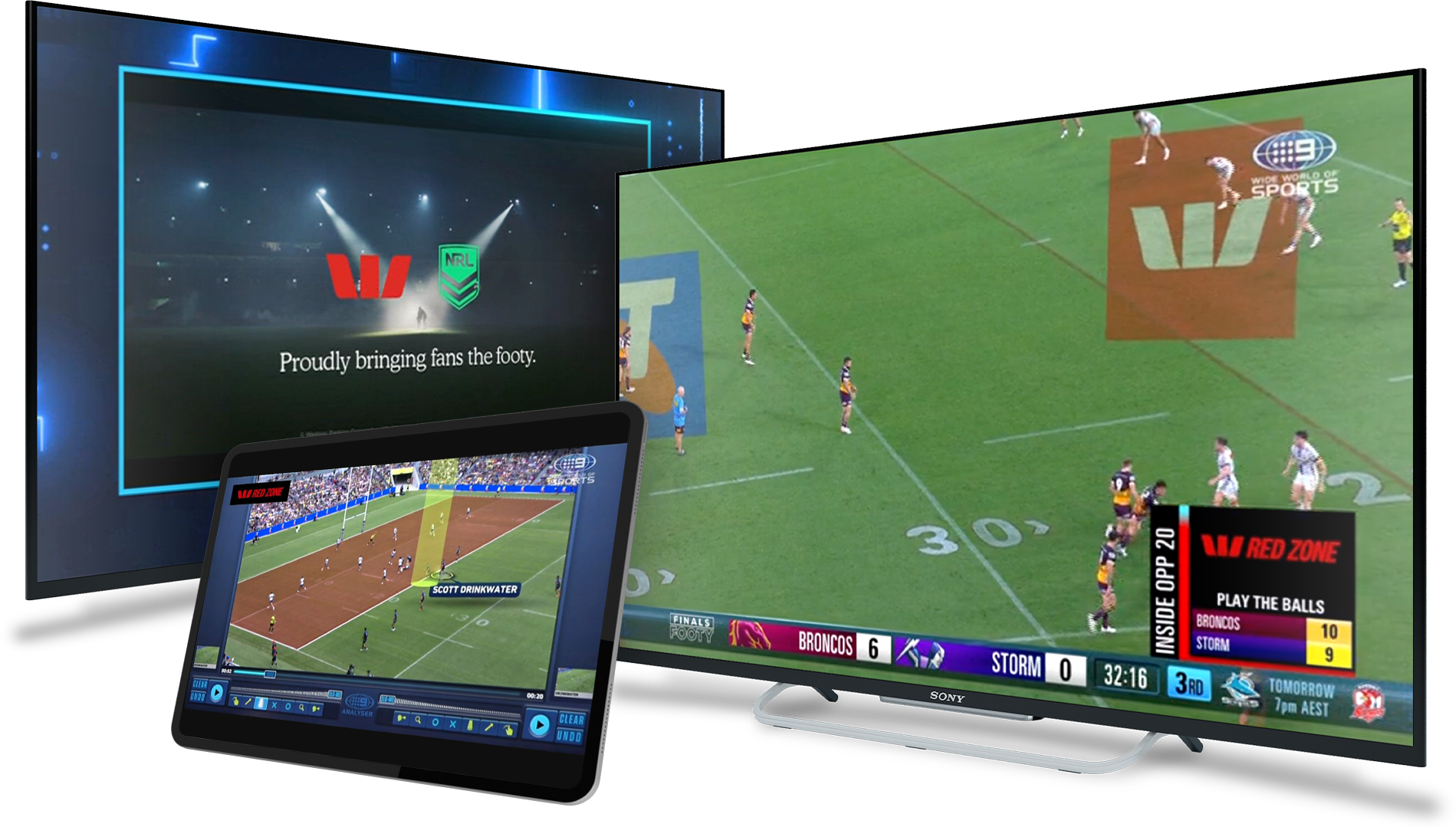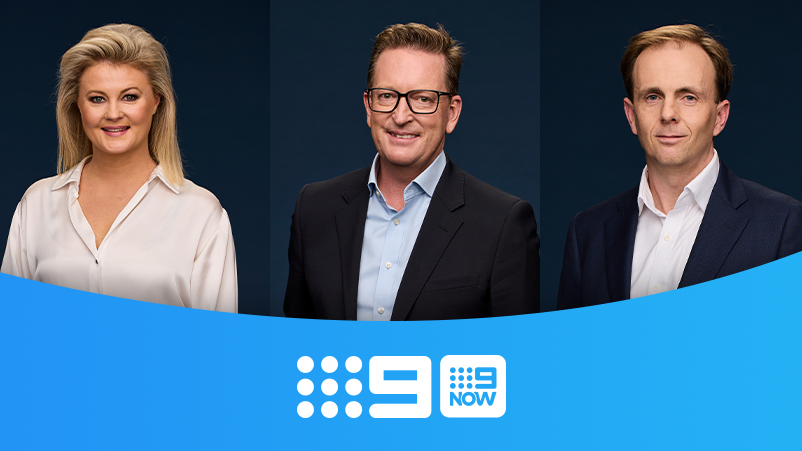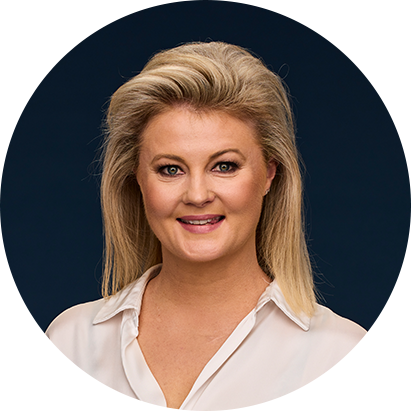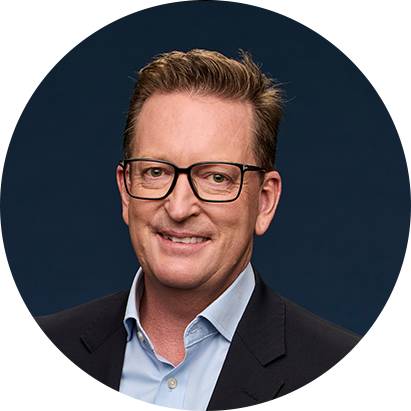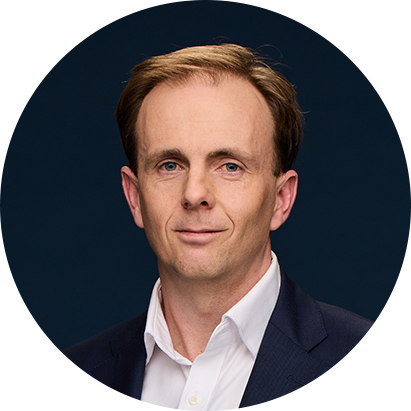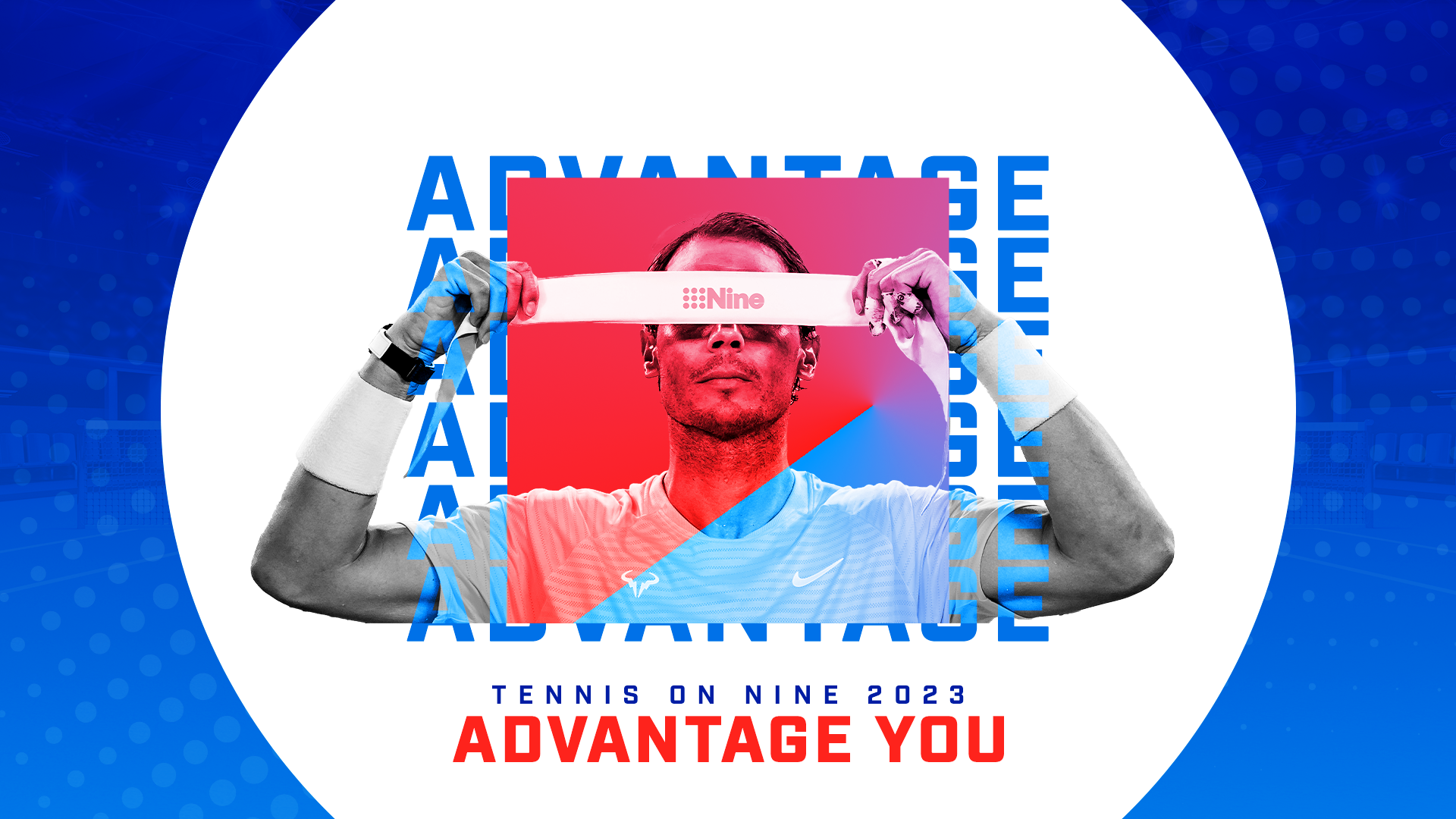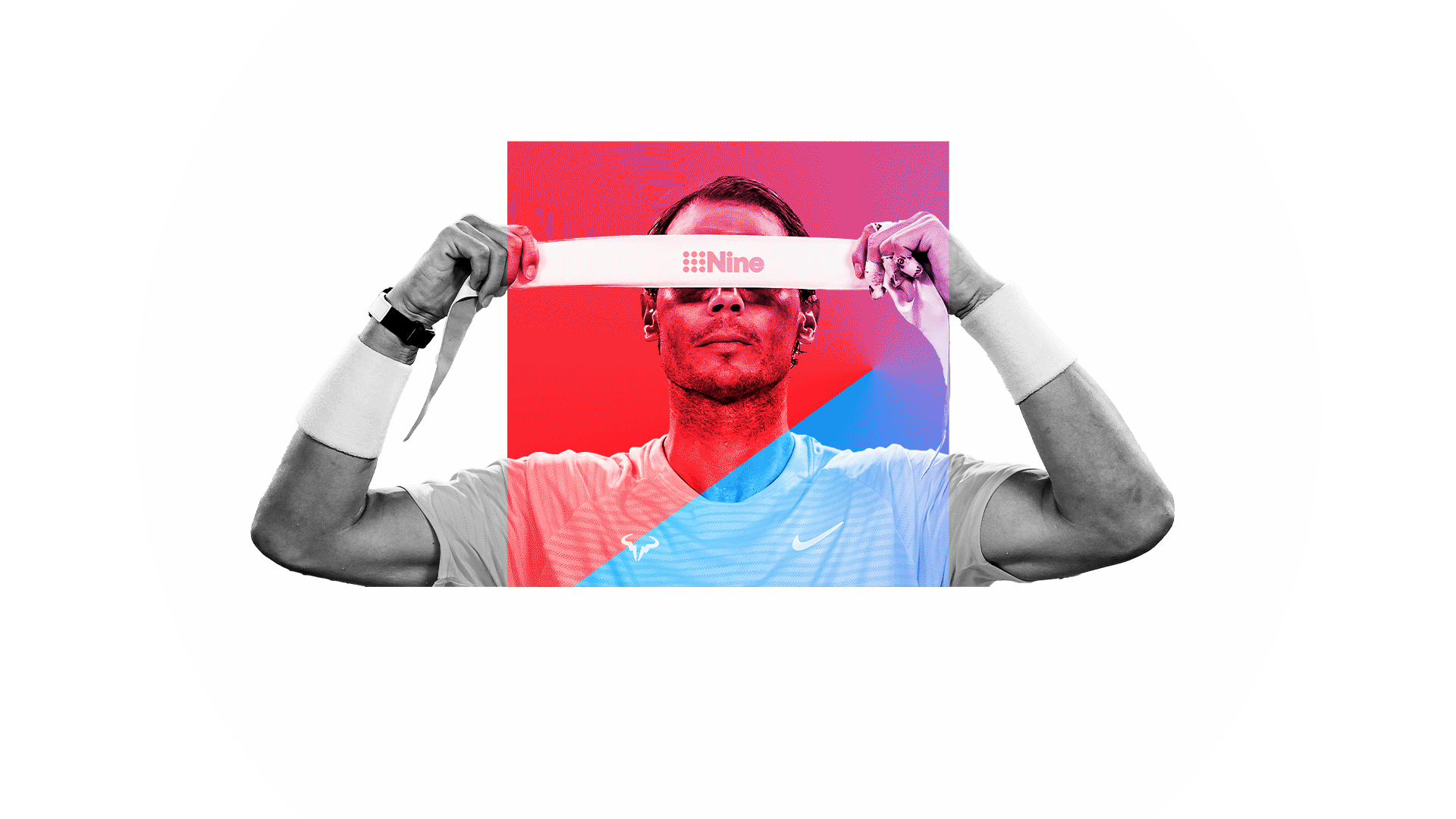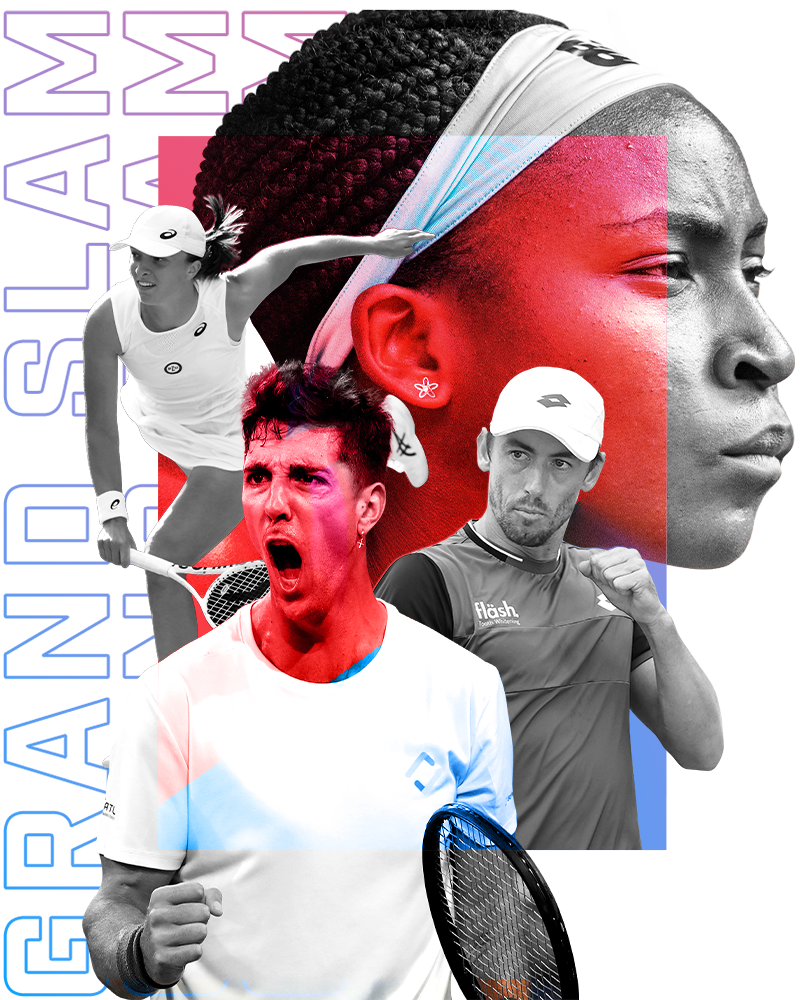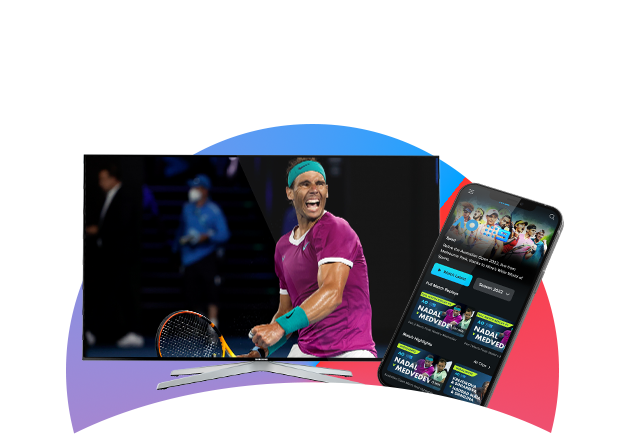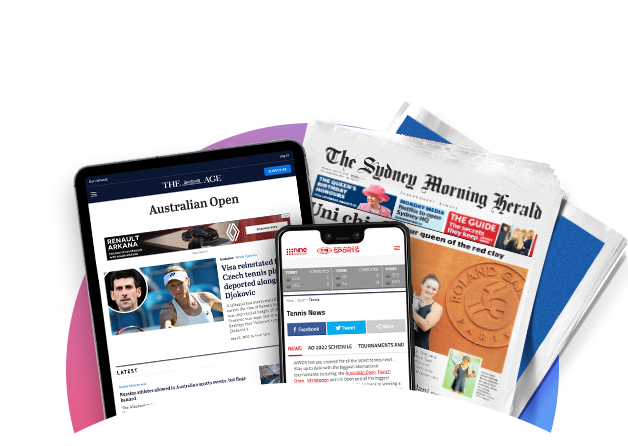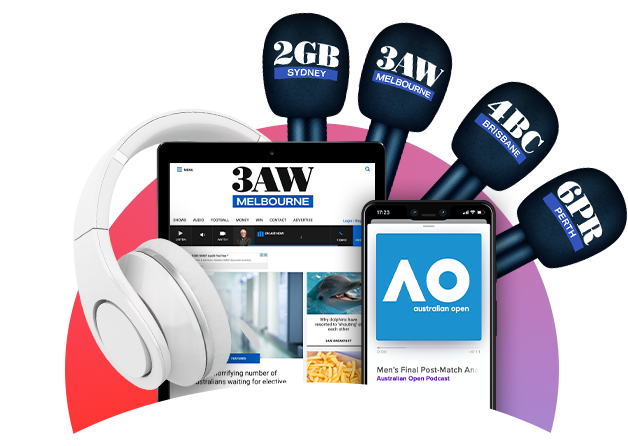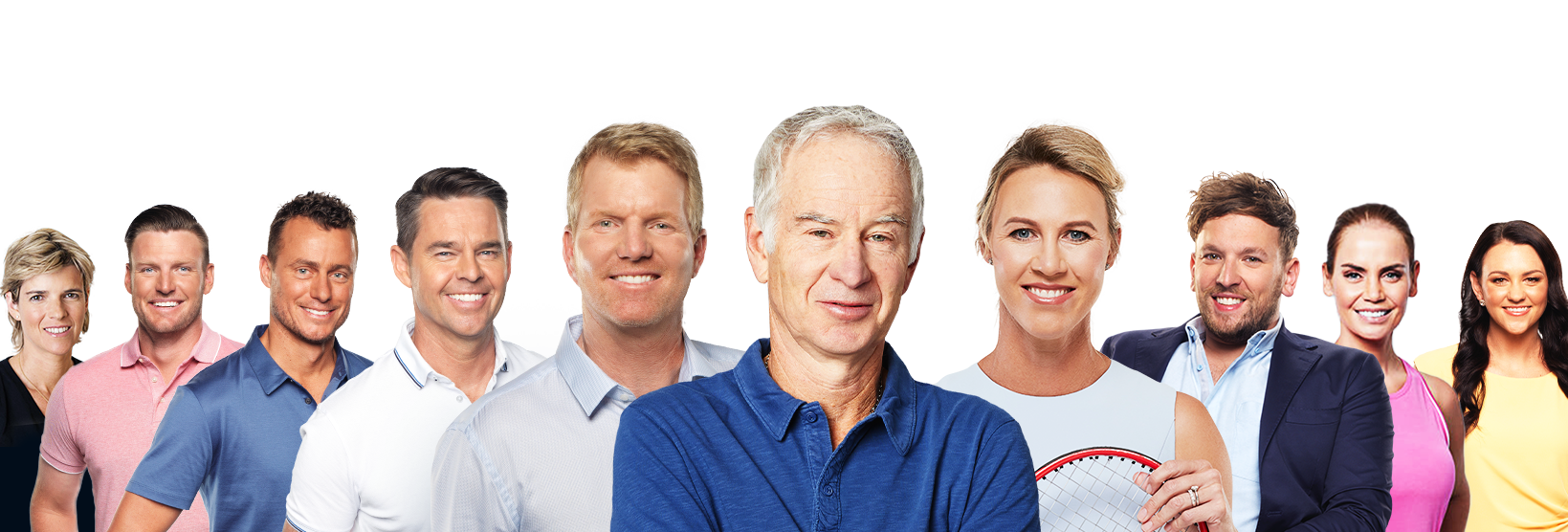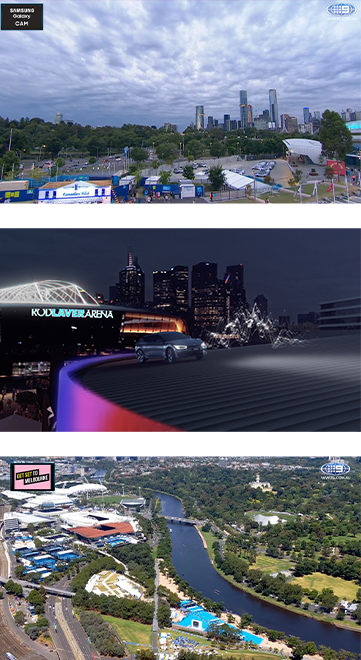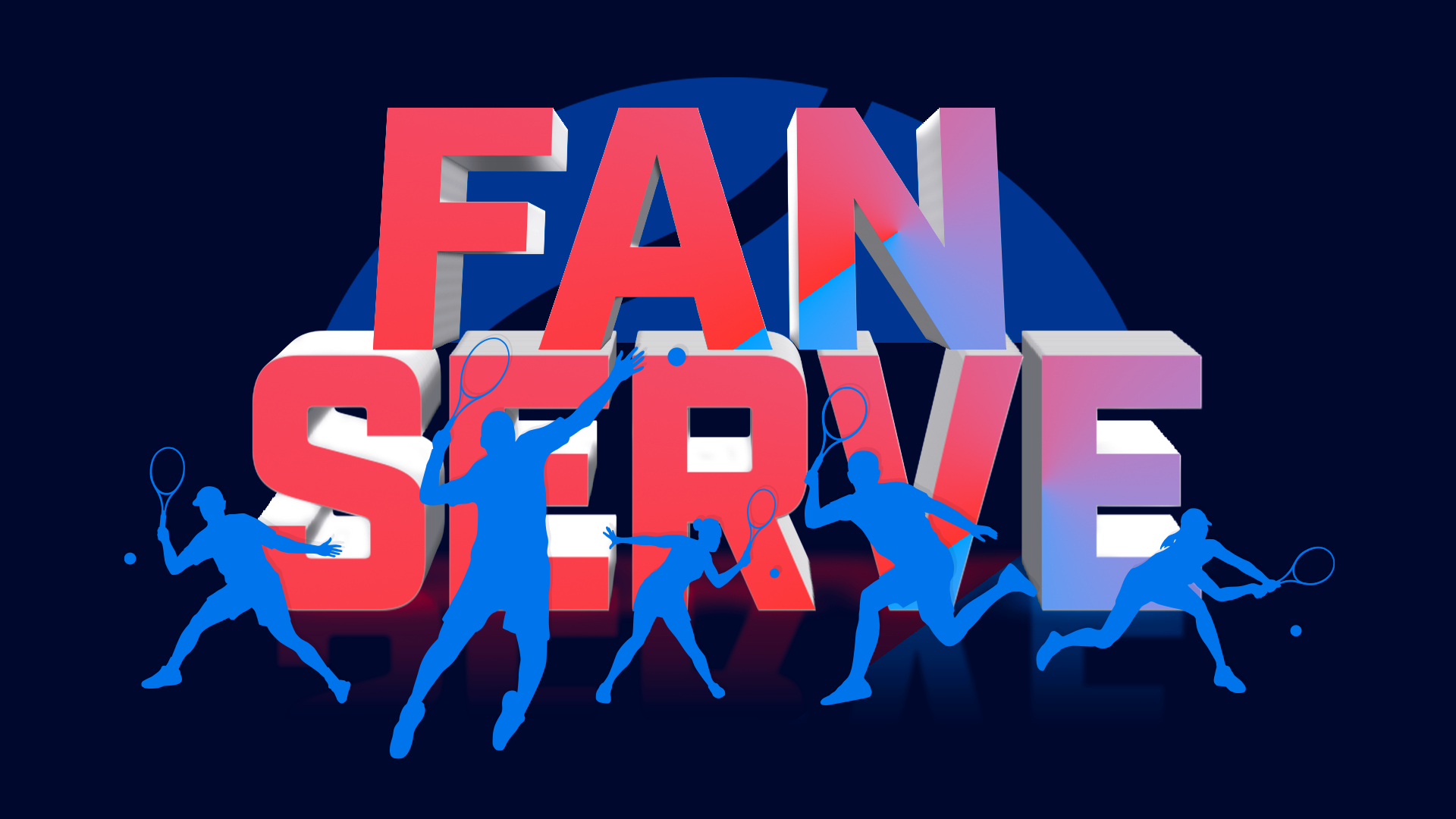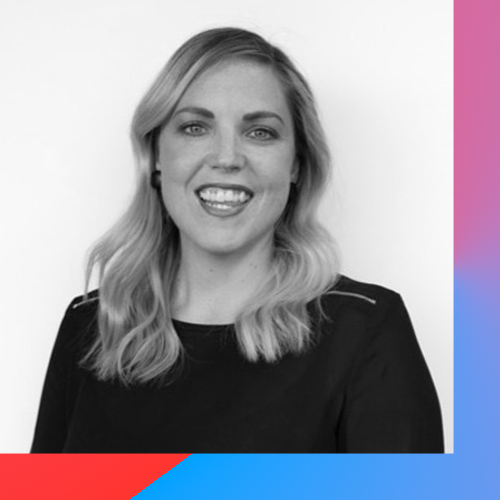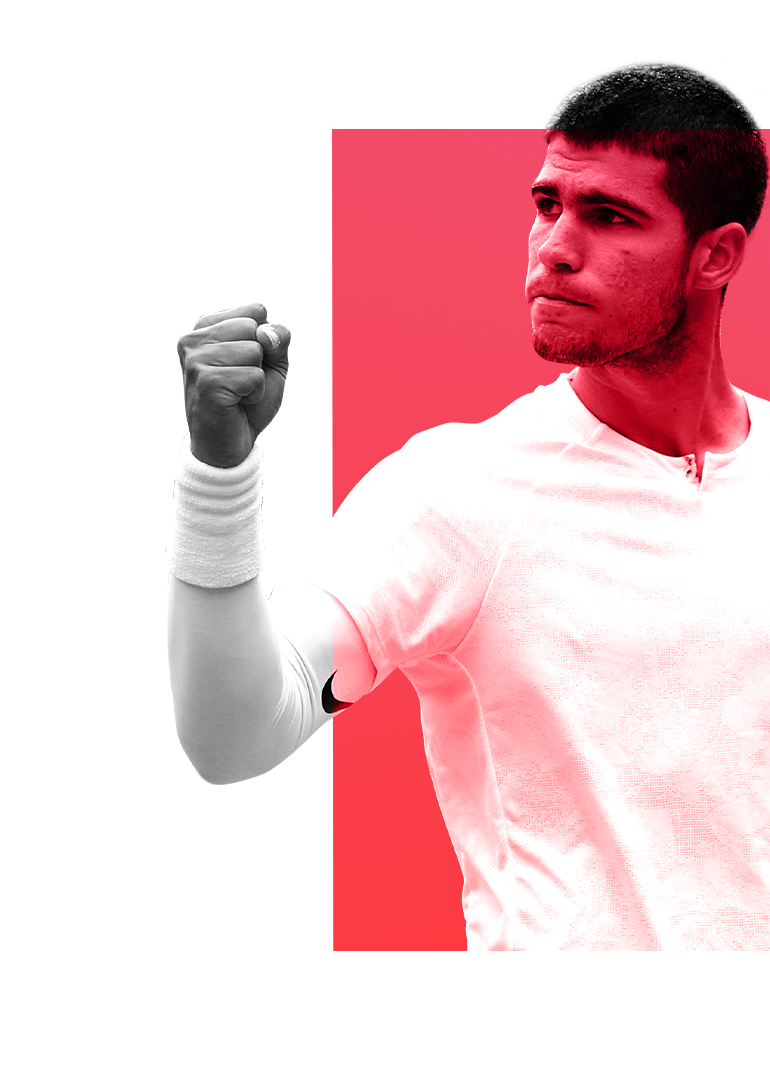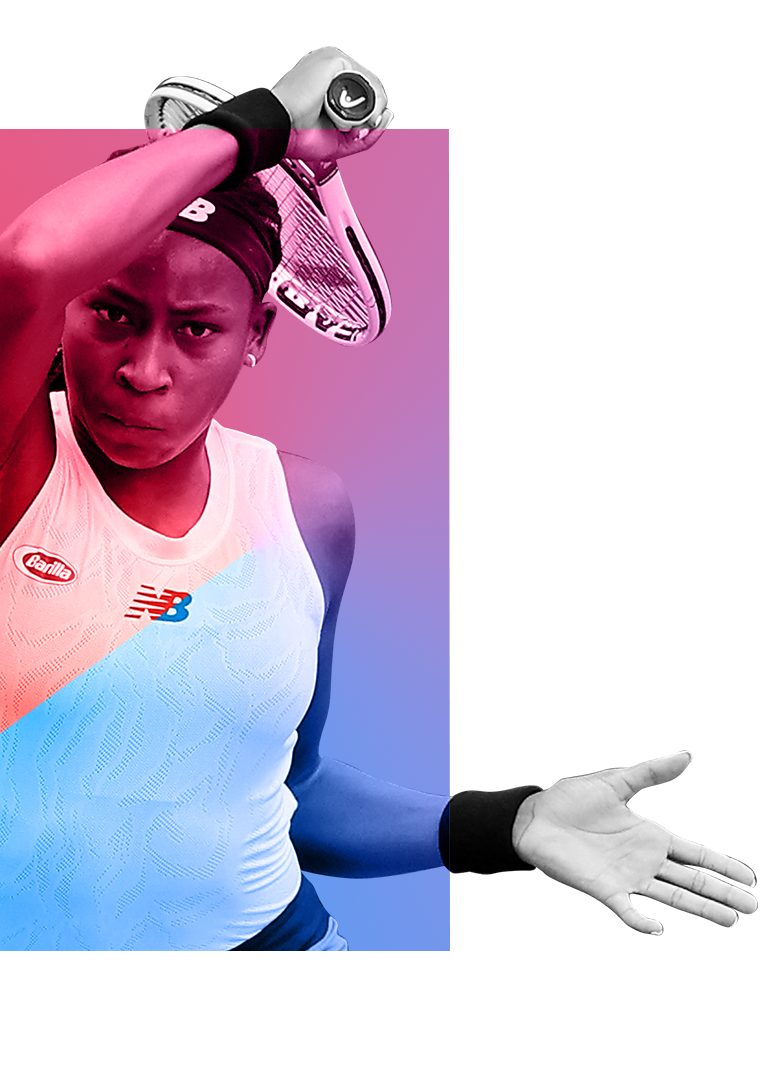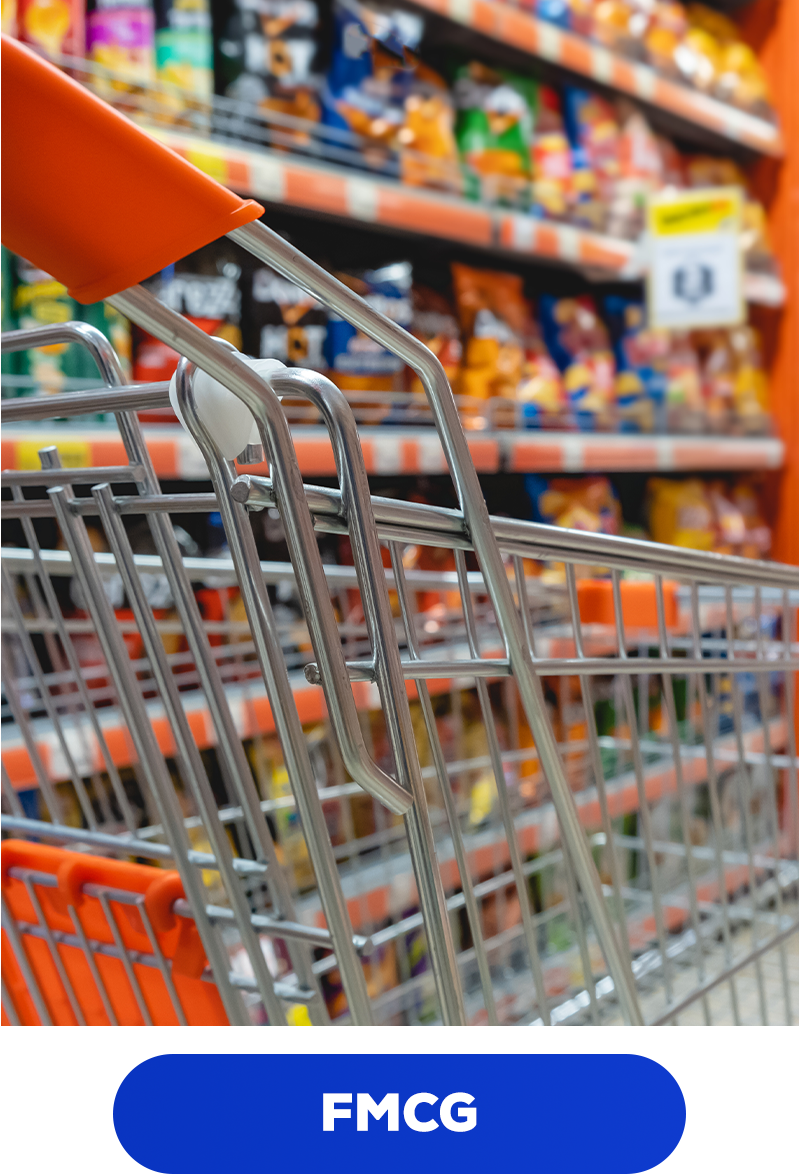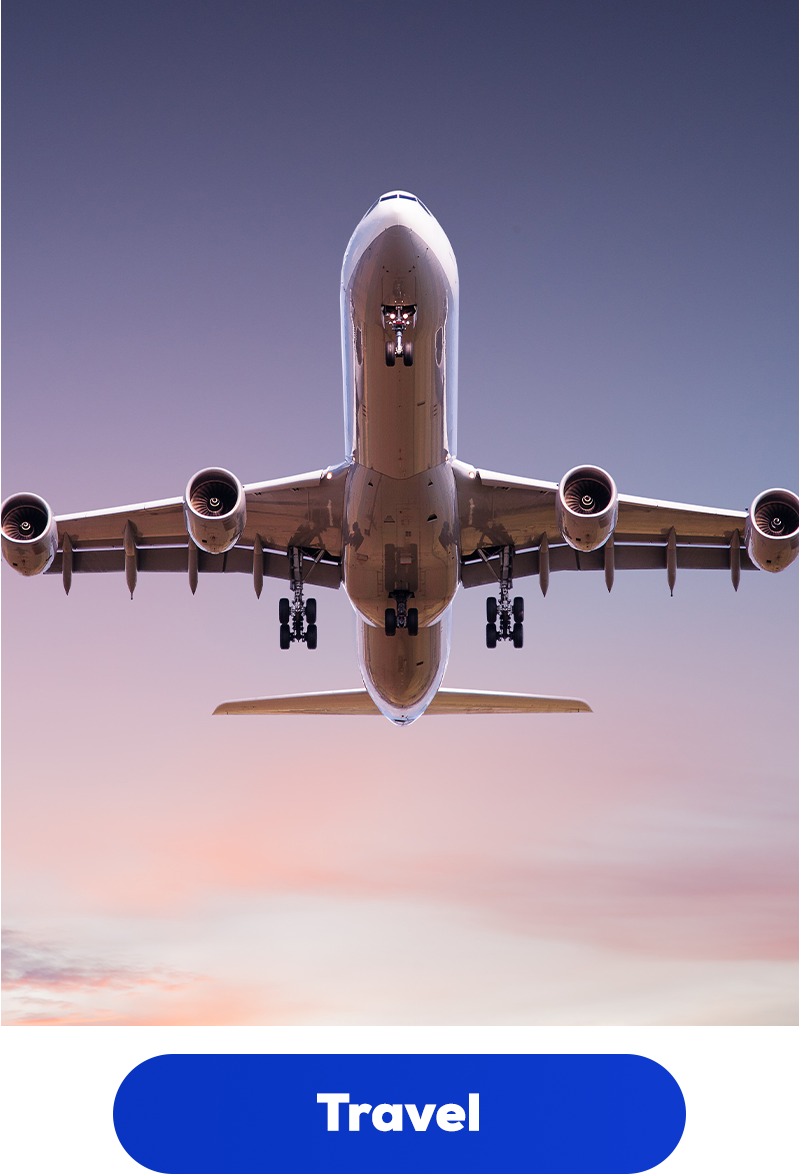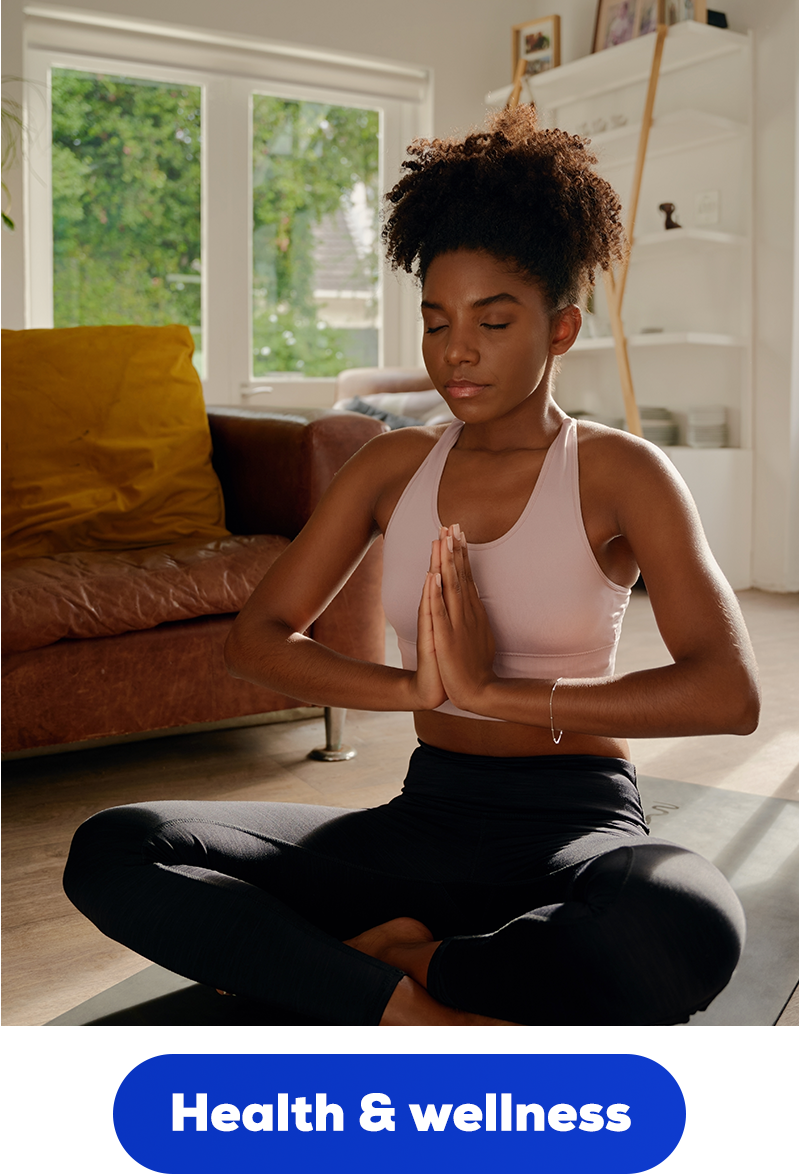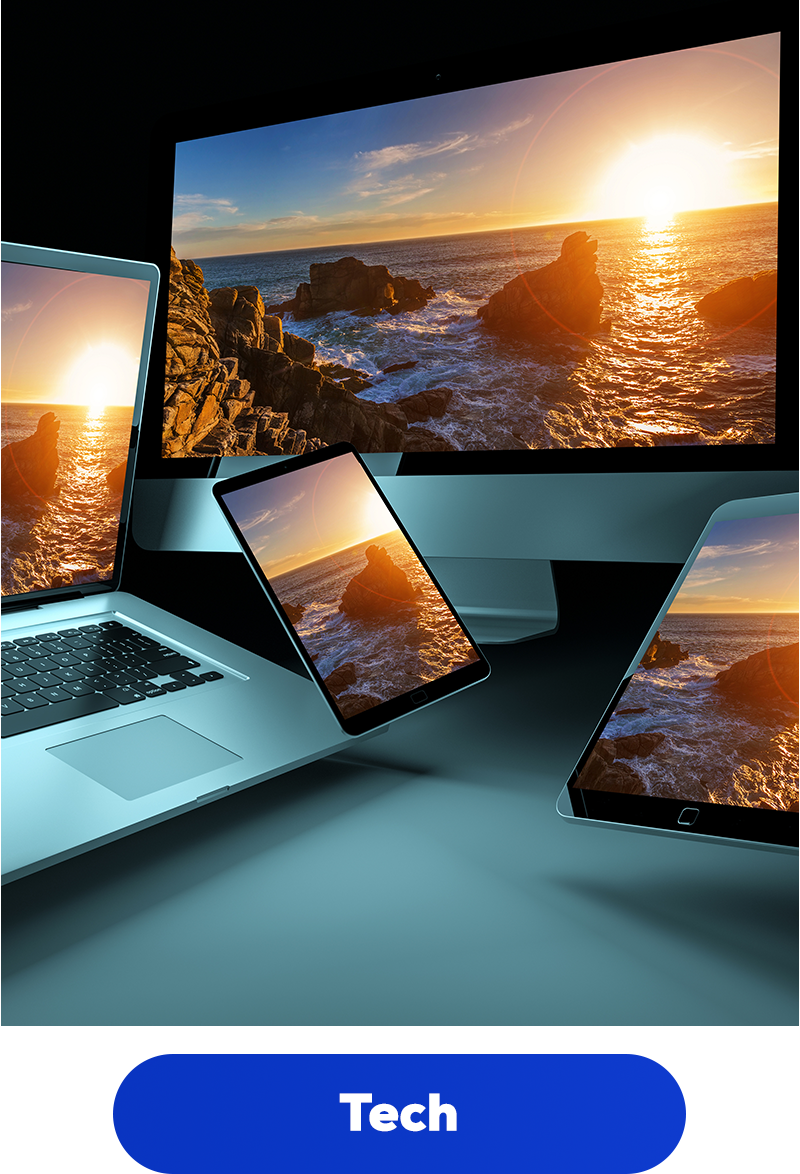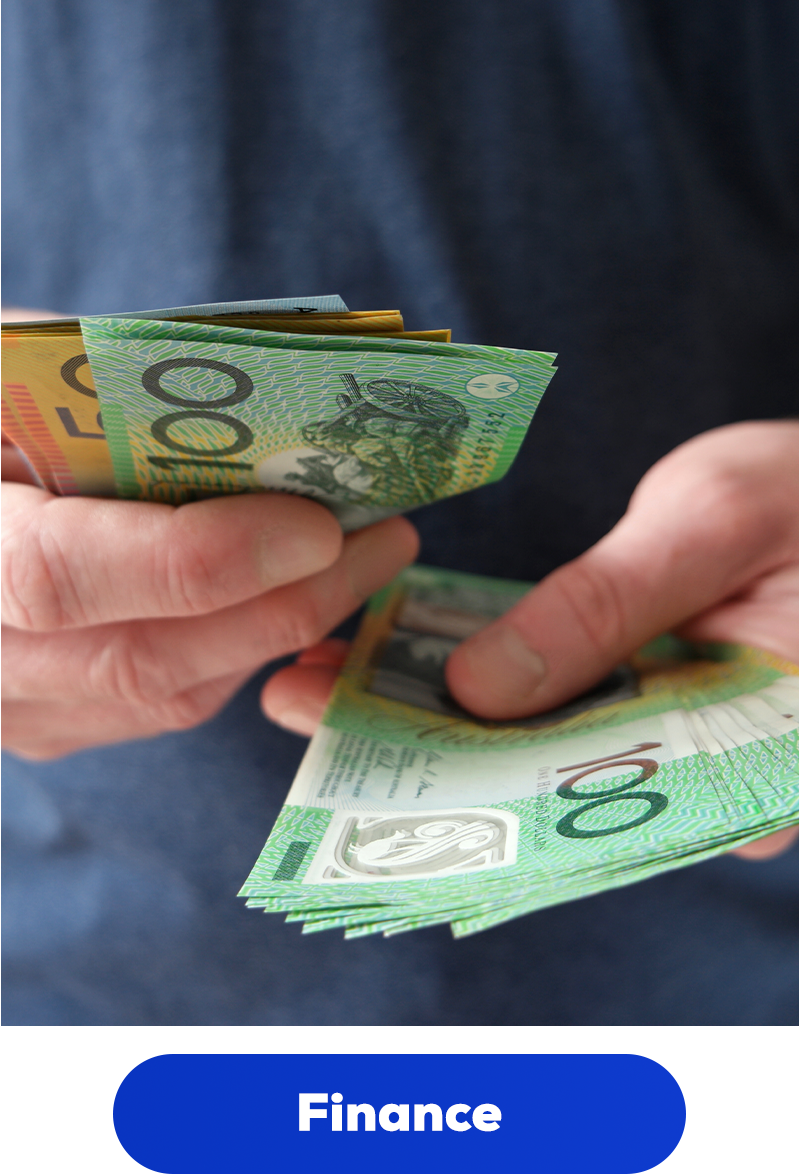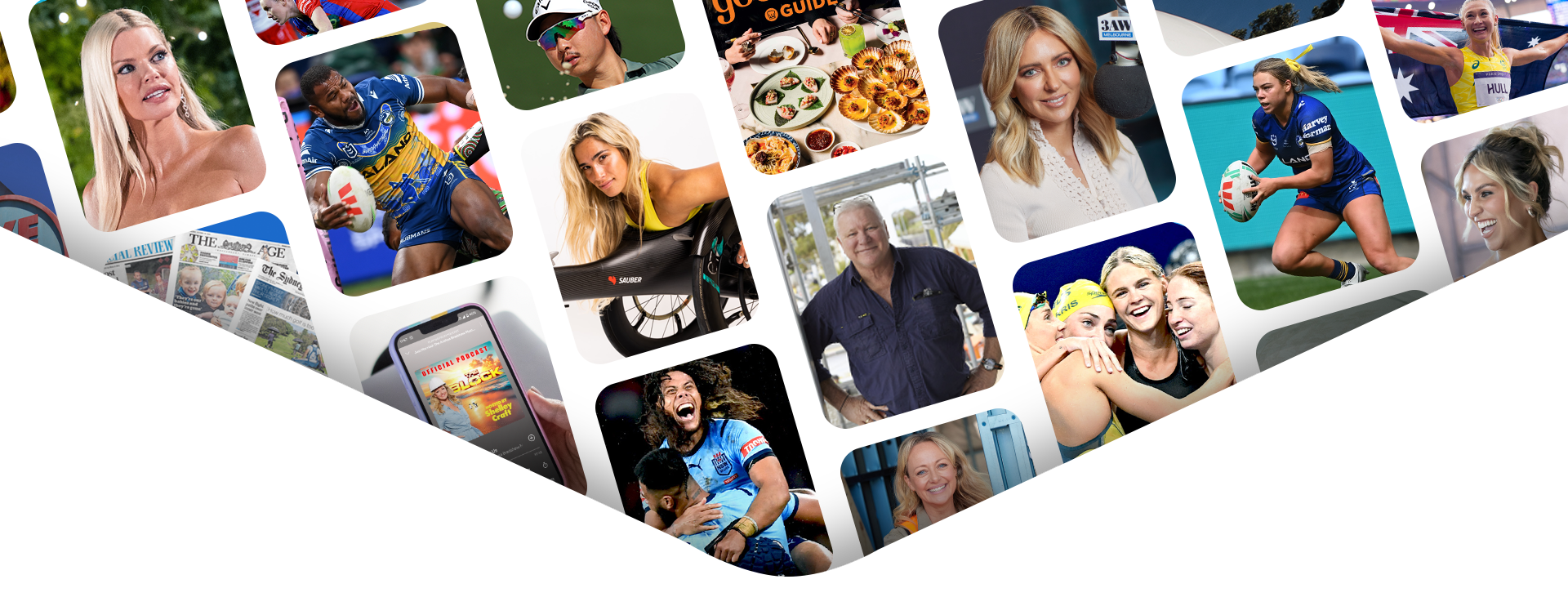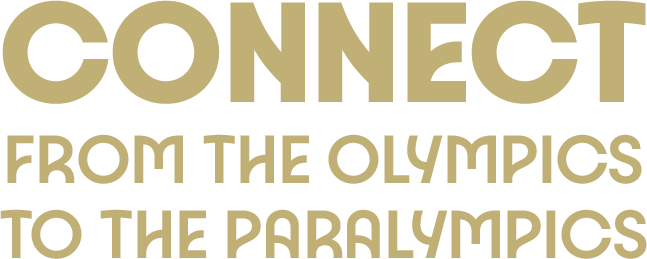
Nine's Digital Impact with Ben Glover


As we approach the start of the Paris 2024 Paralympic Games on August 28, where 160 athletes across 17 sports will write the next chapter in Australia's rich Paralympic history, we spoke with Ben Glover, Nine’s Editor, Wide World of Sports Digital. Glover shared his reflections on the enduring impact of the Olympic and Paralympic Games in connecting to those around us, and the opportunities that lie ahead.
From Saracens to Fox Sports: Shaping Leadership in Sports Media
Reflecting on the beginning of his career, Glover said:
"Saracens Rugby Club taught me the art of rapid match reporting for digital platforms, an invaluable skill in leading a team that extensively covers live sports. My time at Fox Sports was equally formative, teaching me the importance of creating audience-specific content and using analytical tools to learn from successes and failures. There, I also had great mentors who imparted wisdom on digital strategy and strong leadership".
Preparing for the Olympic and Paralympic Games
Preparing for an event as large as the Games involves meticulous planning. Over the past three months, I’ve led an Olympics subcommittee that meets weekly to strategise and plan our coverage to the nth degree. This includes everything from editorial strategies and content types to daily schedules and staff training to ensure we all have a strong understanding of what’s expected when the Games kick off.
Bringing the Olympic Spirit to Australia
Across the duration of the Olympics, Wide World of Sports drove 22 million page views to Nine.com.au, successfully bringing the excitement and spirit of the Games to Australian audiences through insightful, in-depth analysis and engaging content.
"By leveraging our digital platforms, we've made the Games accessible to all Australians. A strategic decision to appoint an Olympic and Paralympic Games reporter has allowed us to tell the stories of Australia’s athletes – who are they? Where are they from? What makes them great? That’s enabled us to foster emotional connections with our audience, as they get to know the athletes who will be competing on a global stage."
Strategies for Engaging Olympic Fans
Engaging Australian viewers with Olympic Games content on wwos.com.au has been a focused effort. We've identified the most popular Olympic sports among our audience, such as the mighty Matildas and Australia’s most popular Olympic sport, swimming, and concentrated our coverage on these areas. Comprehensive reporting on lead-up meets, interviews, and feature pieces on the likes of both athletes and coaches have been crucial.
"The emotive stories that emerge from the rigorous qualifying processes in these sports capture the essence of the Olympics—passion, competition, and pushing the limits of human achievement."
We've also tailored the wwos.com.au site look and feel for the Games, ensuring an efficient and customised user experience – one that makes them feel part of a special event.
The Role of Digital
Digital content plays a pivotal role in enhancing Australia’s consumption of both the Olympics and Paralympic Games.
"The sheer volume of events makes digital platforms ideal for comprehensive coverage. Tools like live blogs provide real-time updates on key events and news stories."
Additionally, being both the broadcaster and digital rights holder allows us to integrate short video clips from the field of play into our content, making our platform a destination for fans who want to watch highlights, not just read about it.
A Power that Transcends Sport
Storytelling in sport serves as a catalyst for moments of cultural significance. Whether its uniting a nation through shared victories, or inspiring resilience through athletes' personal triumphs, the strength of the human spirit makes a profound impact on Australian onlookers.
"Sports media has a unique role in uniting people from all walks of life. By highlighting stories of perseverance, teamwork, and excellence, we can inspire and bring people together in a way that transcends sport."
Promoting values of inclusion and diversity through events like the Olympics and Paralympics contributes to a more connected and empathetic world, serving as a reminder of our shared humanity and the incredible potential we have when we come together in the pursuit of common goals.
The Future of Sports Journalism
The future of sports journalism, particularly for large-scale events like the Olympics and Paralympics, is set to be increasingly digital and interactive. Technologies such as augmented reality will offer immersive experiences, while data-driven journalism will deliver highly personalised content.
"Emphasising inclusivity and representing diverse voices will be crucial for staying relevant in an evolving media landscape."
Anticipation for the Upcoming Paralympics
From both an editorial and personal perspective, I am most excited about uncovering and sharing the untold stories of athletes at the upcoming Paralympics.
"The journey to the Paralympic Games is filled with challenges and triumphs, and we plan to bring these stories to life through engaging visuals and interactive content, ensuring Australians feel connected to every moment."
Paralympians Shine on a Global Stage
"Ensuring that Paralympians are front and center of our Games coverage, alongside their able-bodied counterparts, is a priority for us. Over the next few weeks and beyond, we will use our platform to tell their remarkable stories and expose our audience to their extraordinary commitment to athletic excellence."
Golden Opportunity: Think Digital
The Paris 2024 Olympic Games have propelled record online engagement, as Australians flocked to Nine's digital cross-platform ecosystem. From 9Now and nine.com.au to wwos.com.au to our leading masthead sites (The Sydney Morning Herald, The Age and The Australian Financial Review), Nine’s digital brands offer a unique opportunity to reach vast, engaged audiences. With our 20 million signed-in users and a first-party data set spanning 68 segments and nine Games verticals, there’s no better moment for your brand to connect with Australia and be part of history in the making.
Stay tuned for more insights and stories from the Games as we continue our conversation with those closest to the magic.
Source: Ipsos Iris Online Audience Measurement Service, 25-31 July - 01-12 Aug 2024, Age 14+, PC/laptop/smartphone/tablet, Website only, Text only, Daily Volumetric data, Total Minutes (000s), Page Views (000s), Visits (000s).
Looking to put your brand at the heart of the Olympic and Paralympic Games on Nine? We'd love to hear from you.






